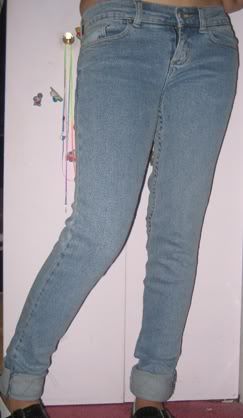You can really do any variation you want on these decorations.
The Haunted House

The ghosts were made with the salt dough
http://s3.photobucket.com/albums/y61/superdobby/?action=view¤t=IMG_9781.jpg
The witches head was made with salt dough
Look forward to tutorials on both of these projects










